Belgian Brutalist: Van Wassenhove House by Juliaan Lampens opens its doors

At the tail end of the Brutalist movement, in 1974, the Belgian architect Juliaan Lampens completed a residence in Sint-Martens-Latem near Ghent for the teacher Albert Van Wassenhove.
Built for a single man, it was considerably different from other, larger-scale manifestations of Brutalism around the world. Devoid from the usual urban and socialist connotations, this home was envisioned for just one person in a wealthy and quiet neighbourhood. With its closed grey concrete facade and tall rear glass windows that open up to a back garden, the bunker-like house favours privacy – turning away from society and toward indoor tranquility, in harmony with nature.
Between February and October 2015, local museum Dhondt-Dhaenens renovated this singular house. 'It was more a matter of freshening it up,' says Tanguy Eeckhout, curator at the museum. 'There was almost no decay of the concrete, unlike with other Lampens buildings.'
Now, from April until October, the Van Wassenhove House will welcome architecture enthusiasts, who want to experience the home for a weekend; artists, writers and researchers can stay for longer-term residences.
The home's main feature is its open-plan design in which all residential functions are connected with the living space as the focal point. Seclusion is impossible even in the bedroom, which is simply a 1.5 m high wooden circle, open towards the concrete ceiling.
'Lampens built about 35 residential houses in his unique style,' says Angelique Campens, a member of the Juliaan Lampens non-profit who has carried out major research on the architect. His version of Brutalism 'is a purely stylistic form, with buildings primarily characterised by their rough and sculptural qualities and a material "honesty": they are often built in raw concrete, where the wooden forms reveal the in-situ casting.'
'His houses examined other, more intense ways of living,' explains Van Eeckhout. 'This is why we thought it important to preserve the building's residential function – not turn it into a museum.'
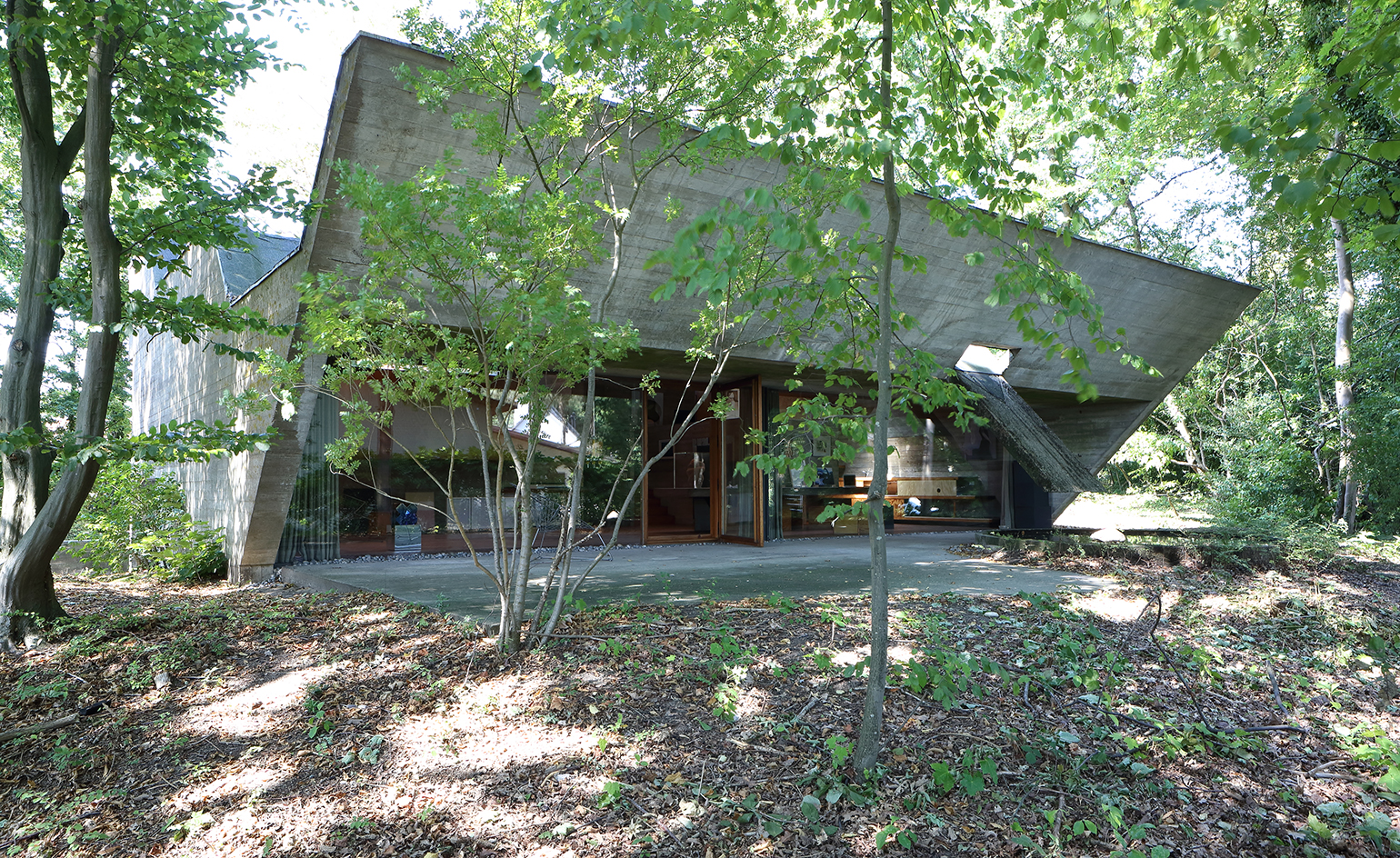
Located in Sint-Martens-Latem near Ghent, the house was designed for a single man and sits within a rich and quiet leafy neighbourhood

Its grey concrete facade has few openings. The garden features a small pond that collects rain water
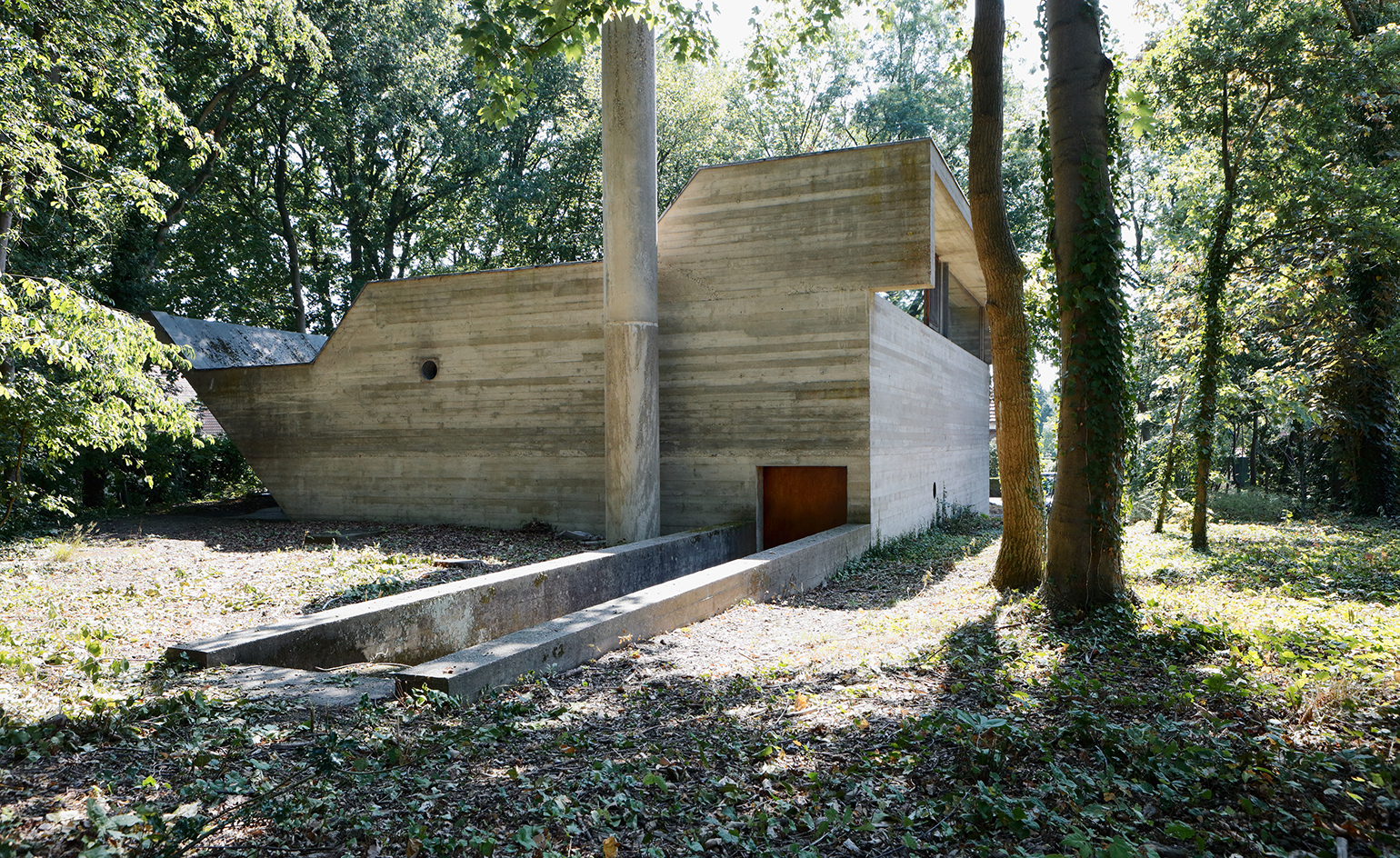
The bunker-like structure was designed to favour privacy, orientated towards the nature
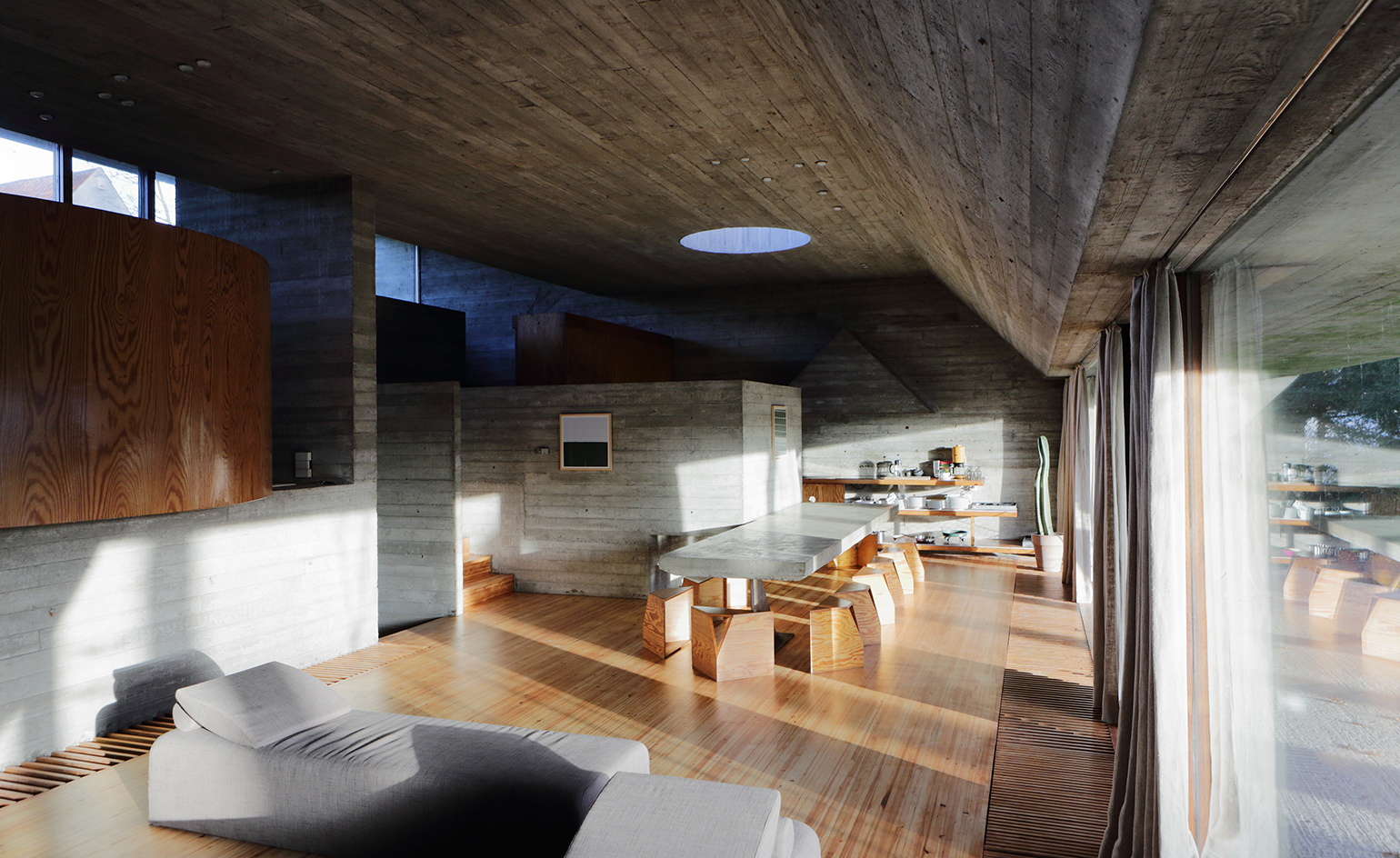
The house has recently been renovated by local museum Dhondt-Dhaenens

Bearing the signature of its creator, the house was in good state of preservation

The interior is radically open plan – even the bedroom is simply a 1.5 metre high wooden circle, open towards the concrete ceiling
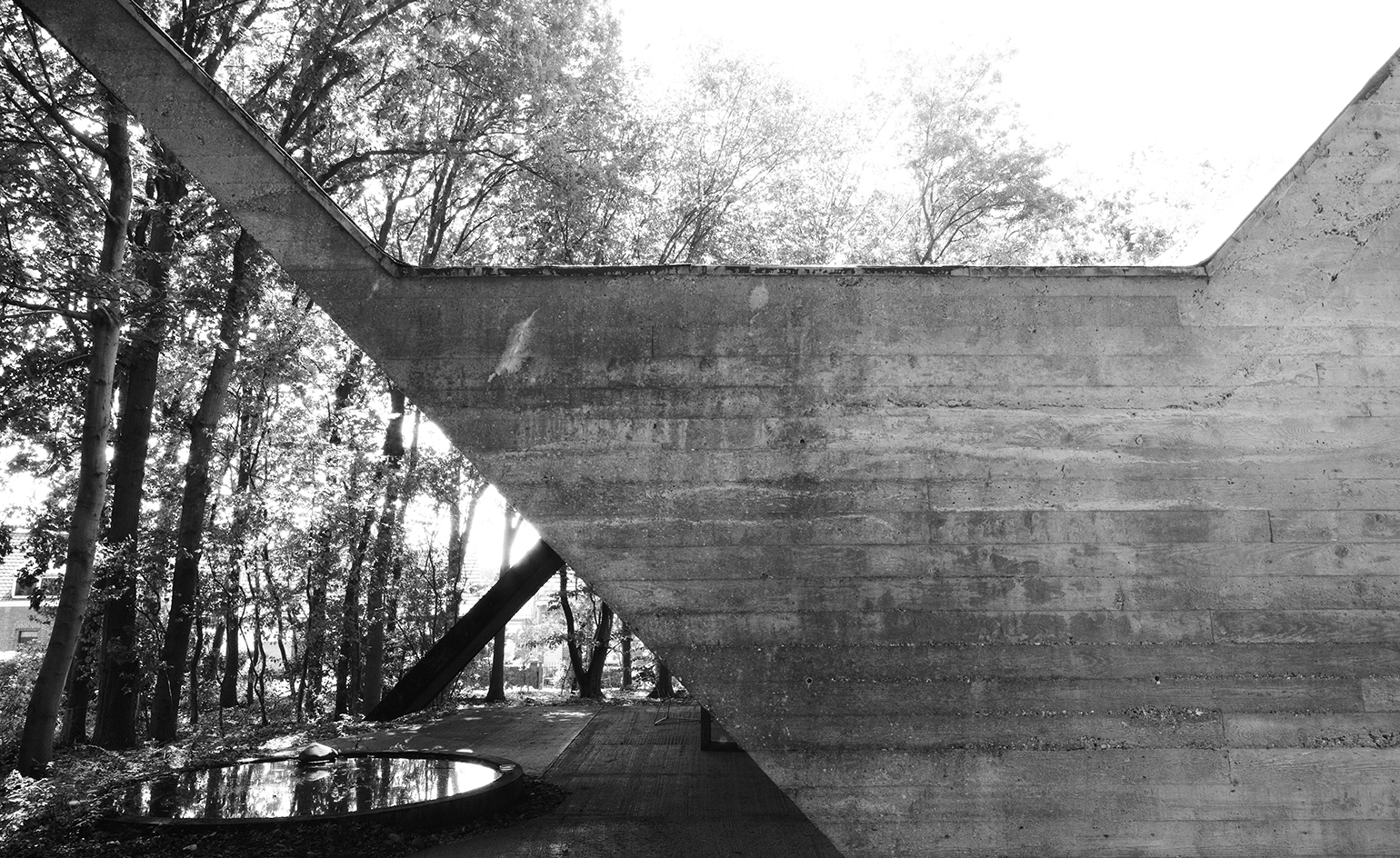
Now, from April until October, the Van Wassenhove House will welcome architecture enthusiasts, who want to experience the home for a weekend
INFORMATION
For more information visit the museum’s website
Receive our daily digest of inspiration, escapism and design stories from around the world direct to your inbox.
Siska Lyssens has contributed to Wallpaper* since 2014, covering design in all its forms – from interiors to architecture and fashion. Now living in the U.S. after spending almost a decade in London, the Belgian journalist puts her creative branding cap on for various clients when not contributing to Wallpaper* or T Magazine.
-
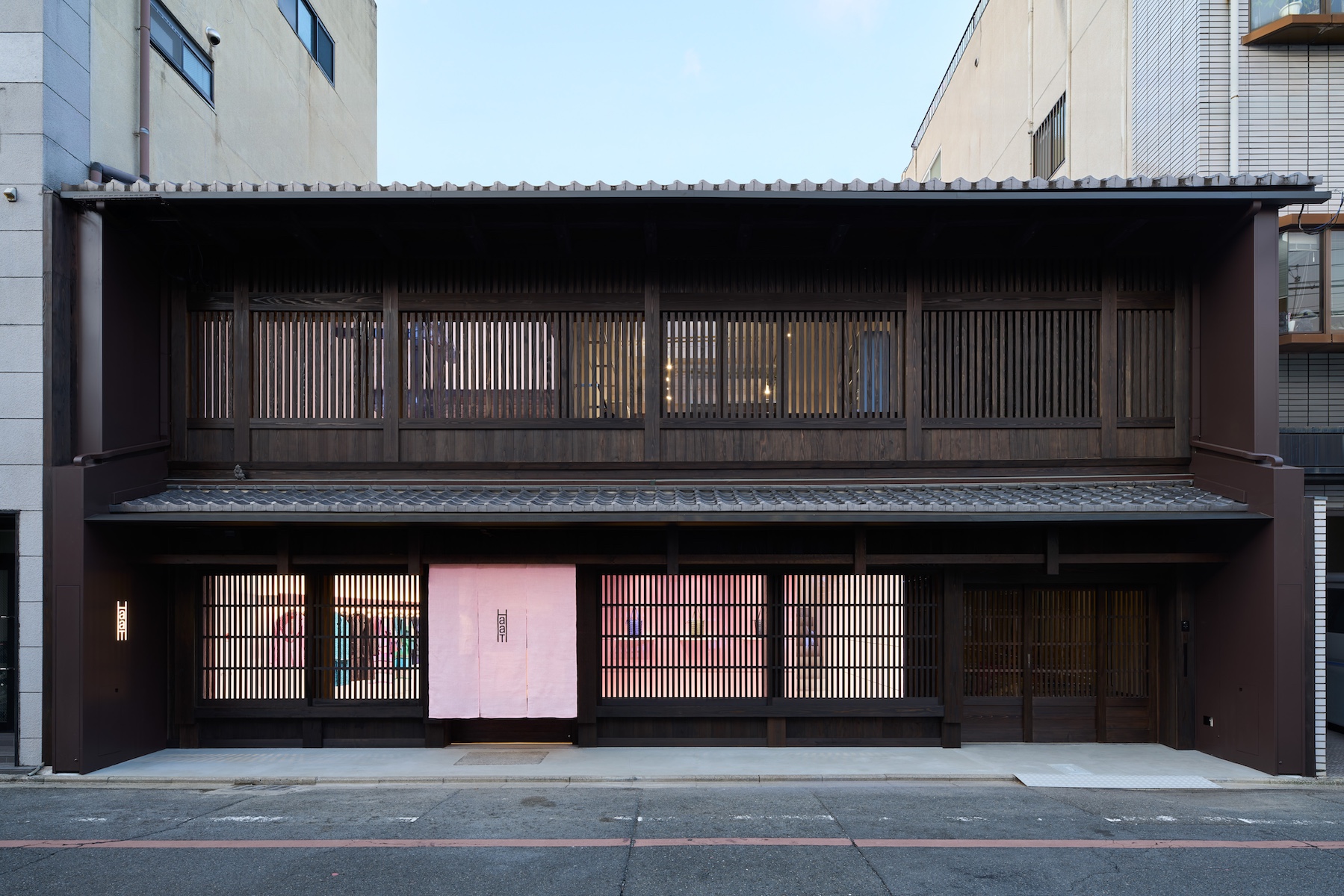 Issey Miyake’s HaaT flagship in Kyoto transforms a former sugar store into a pink-hued haven
Issey Miyake’s HaaT flagship in Kyoto transforms a former sugar store into a pink-hued havenRenovating a traditional timber building dating back over a century, the Issey Miyake offshoot’s new Kyoto store is a conversation between past and present
-
 Wheels of the weird and wonderful: how the 2025 Japan Mobility Show met its brief
Wheels of the weird and wonderful: how the 2025 Japan Mobility Show met its briefWe bring you our selection of the ten most futuristic concepts and fascinating forthcoming machinery at Tokyo's Japan Mobility Show
-
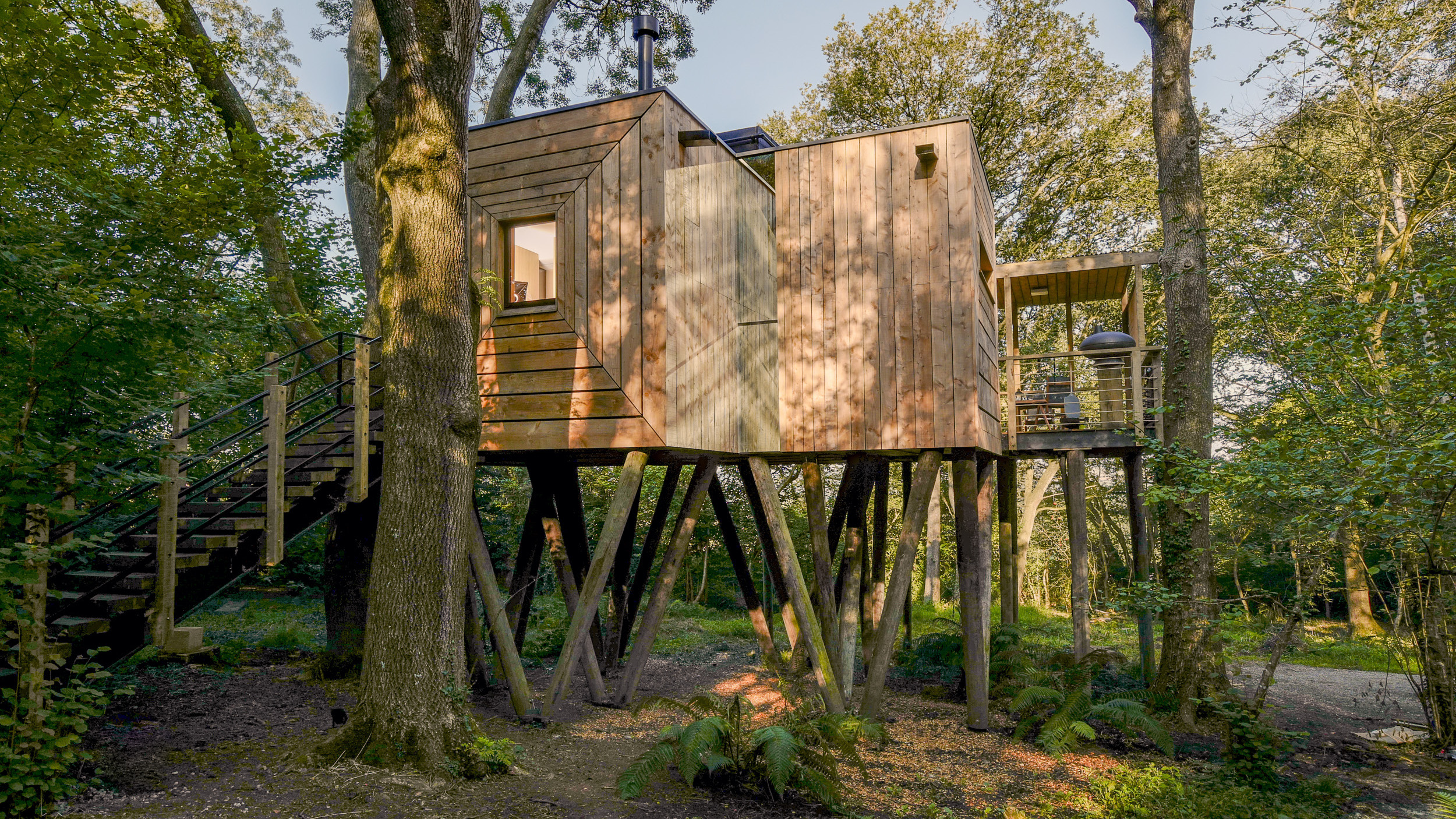 Find solace in the forest at this expansive treehouse retreat in Dorset
Find solace in the forest at this expansive treehouse retreat in DorsetFor sale for the first time, a treehouse, Mallinson’s Woodland Retreat, is a tribute to the skill of designer and master craftsman Guy Mallinson
-
 How a former women’s community in Belgium became a model for adaptive reuse
How a former women’s community in Belgium became a model for adaptive reuseA Hasselt beguinage, transformed to the 21st century through smart adaptive reuse by London-based architect David Kohn and Antwerp's Dirk Somers, makes for a fitting home for the city's Interior Architecture university programme
-
 Woodstock House reinterprets modernist legacy through 21st-century sustainability
Woodstock House reinterprets modernist legacy through 21st-century sustainabilityLocally sourced materials and high design ambition merge in the newest residential work by Belgium’s BC Architects & Studies & Materials
-
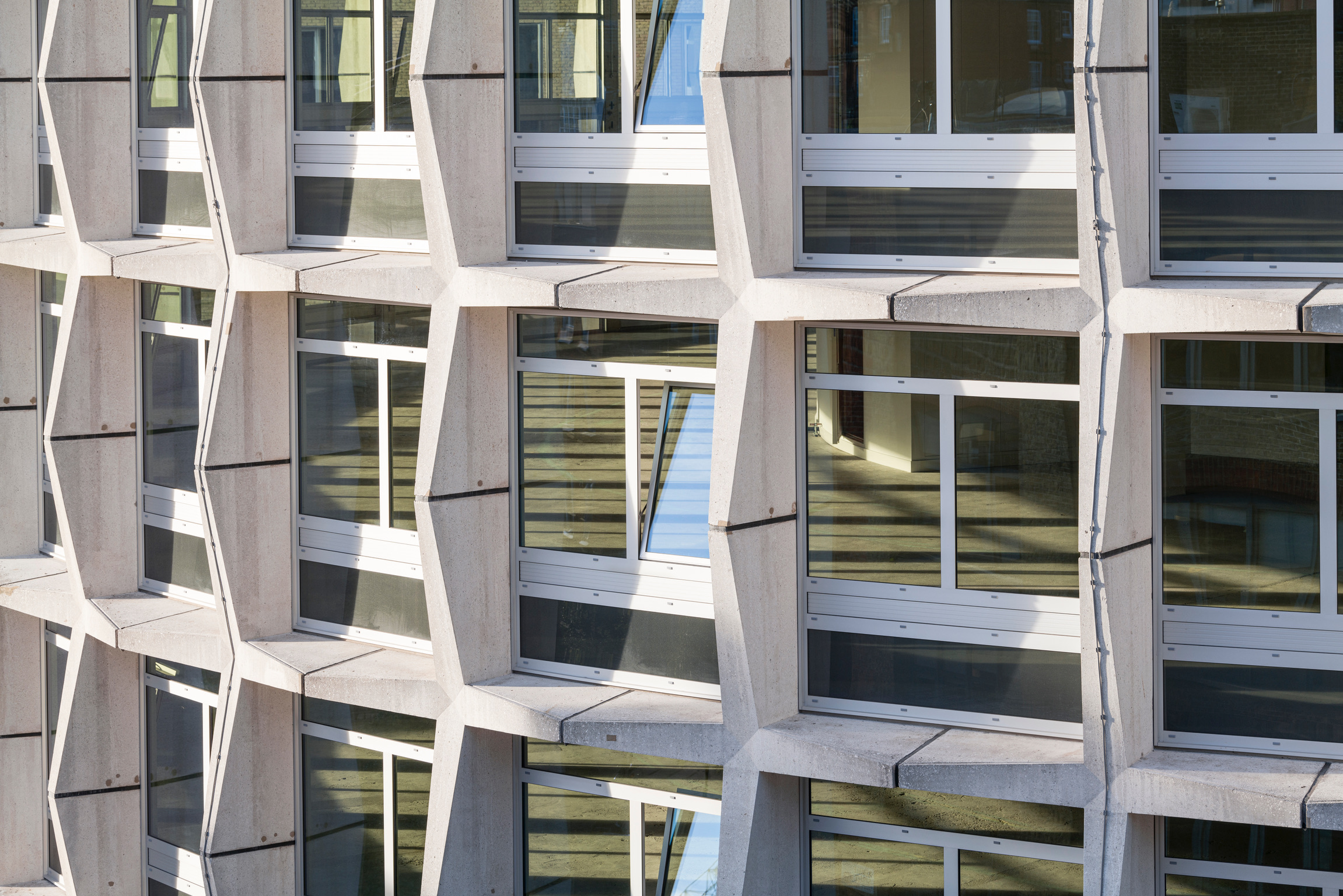 Richard Seifert's London: 'Urban, modern and bombastically brutalist'
Richard Seifert's London: 'Urban, modern and bombastically brutalist'London is full of Richard Seifert buildings, sprinkled with the 20th-century architect's magic and uncompromising style; here, we explore his prolific and, at times, controversial career
-
 The Architecture Edit: Wallpaper’s houses of the month
The Architecture Edit: Wallpaper’s houses of the monthFrom Malibu beach pads to cosy cabins blanketed in snow, Wallpaper* has featured some incredible homes this month. We profile our favourites below
-
 A neo-brutalist villa for an extended family elevates a Geneva suburb
A neo-brutalist villa for an extended family elevates a Geneva suburbLacroix Chessex Architectes pair cost-conscious concrete construction with rigorous details and spatial playfulness in this new villa near Geneva
-
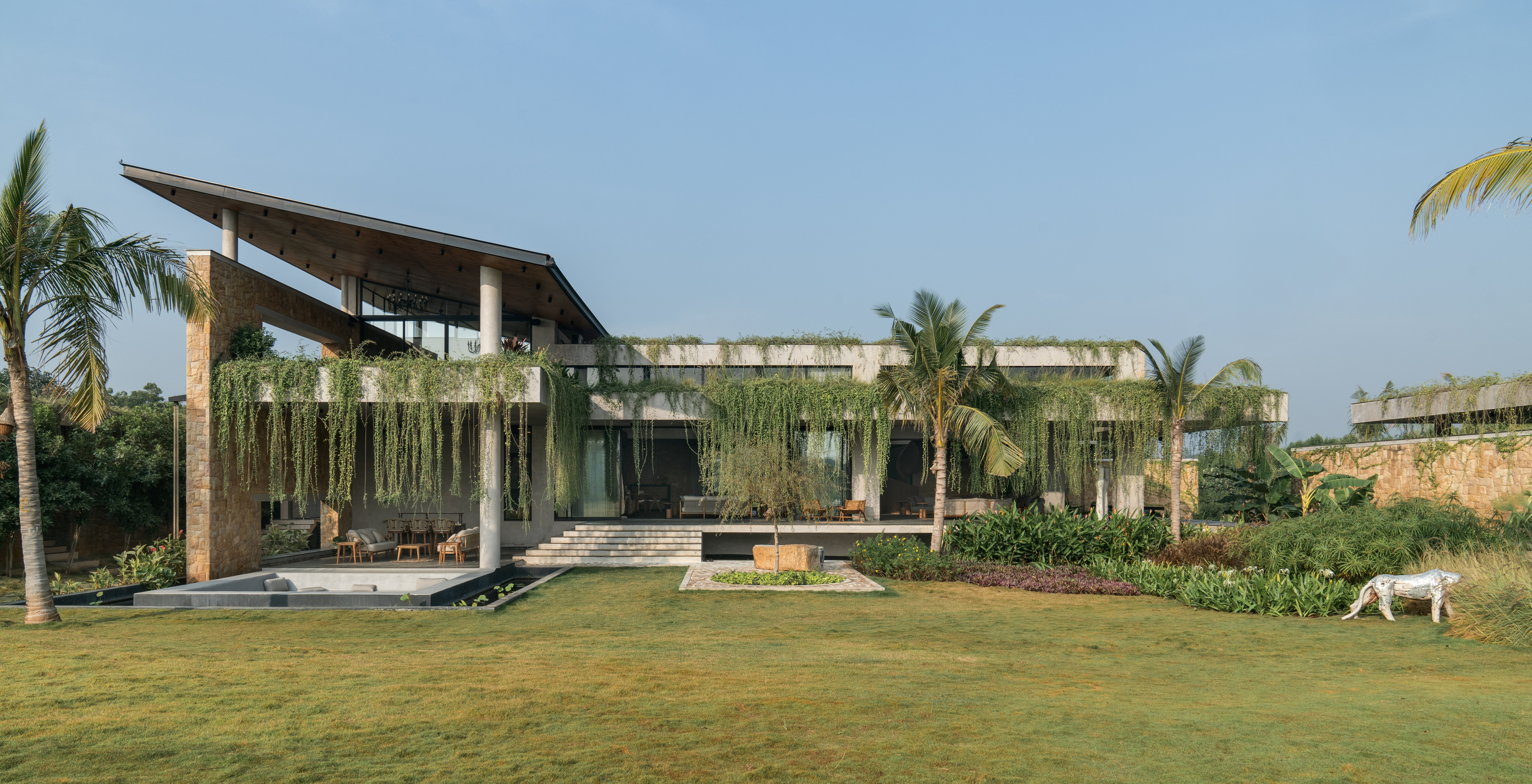 Cascading greenery softens the brutalist façade of this Hyderabad home
Cascading greenery softens the brutalist façade of this Hyderabad homeThe monolithic shell of this home evokes a familiar brutalist narrative, but designer 23 Degrees Design Shift softens the aesthetic by shrouding Antriya in lush planting
-
 Spice up the weekly shop at Mallorca’s brutalist supermarket
Spice up the weekly shop at Mallorca’s brutalist supermarketIn this brutalist supermarket, through the use of raw concrete, monolithic forms and modular elements, designer Minimal Studio hints at a critique of consumer culture
-
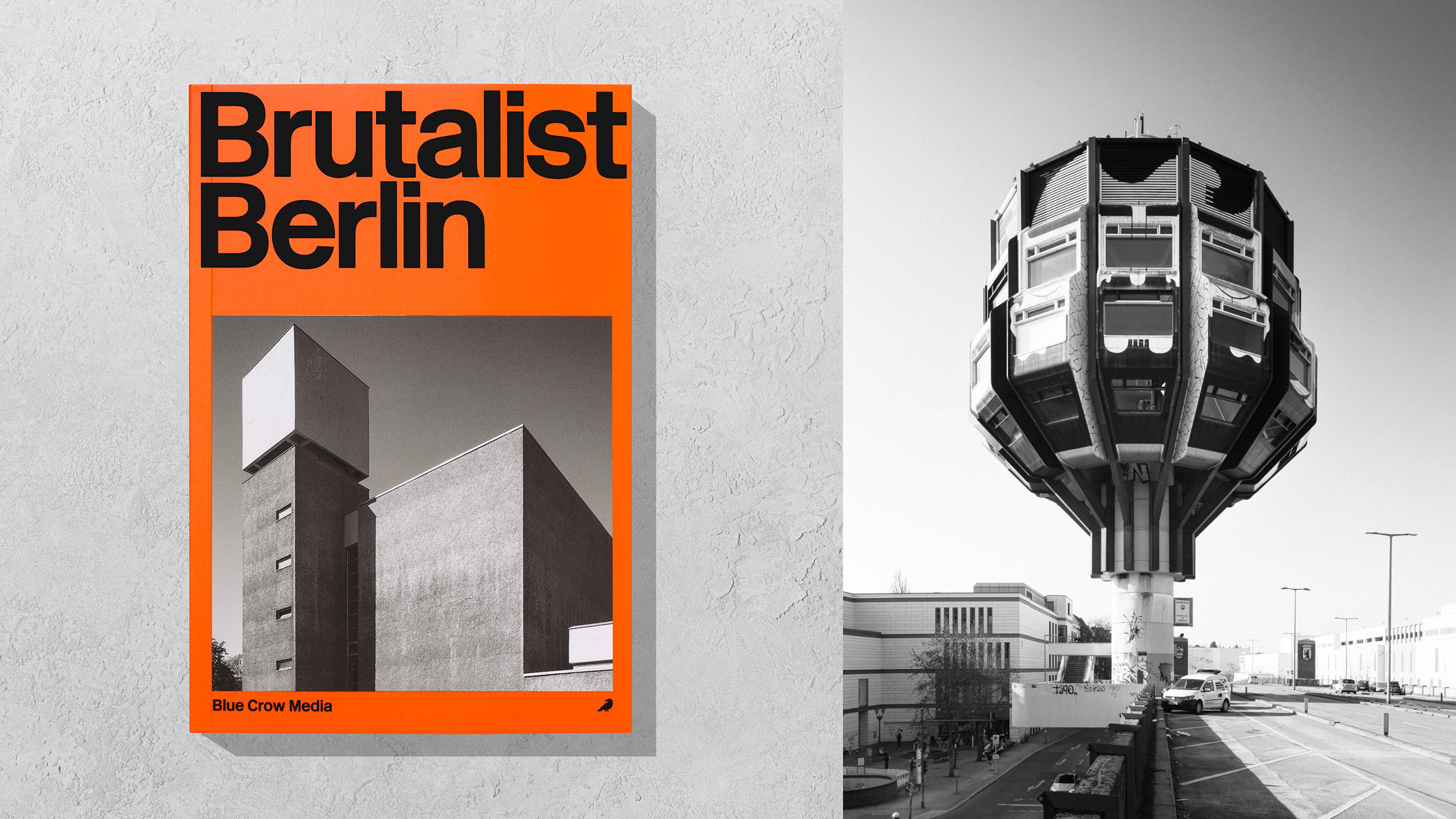 ‘Brutalist Berlin’ is an essential new guide for architectural tourists heading to the city
‘Brutalist Berlin’ is an essential new guide for architectural tourists heading to the cityBlue Crow Media’s ‘Brutalist Berlin’ unveils fifty of the German capital’s most significant concrete structures and places them in their historical context